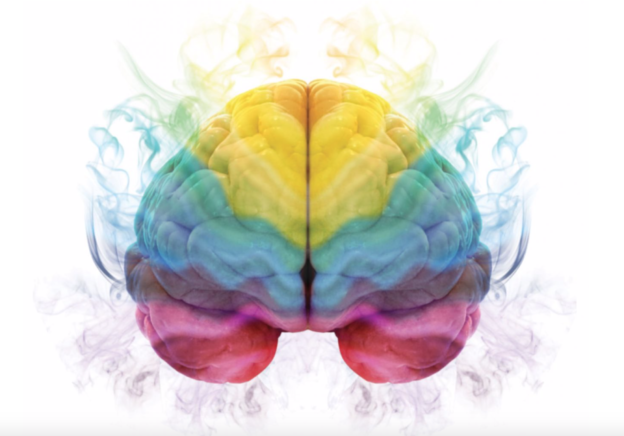Art Therapy in Addiction Recovery
If you’ve researched addiction recovery programs at all, you have likely seen a number of programs list “art therapy” as one of their offerings. For some people, “art therapy” may sound like a time-filler, something people tack on for lack of anything better to do. Adults often note that they haven’t participated in art projects since grade school, and have little understanding why painting and gluing things would help them with their serious addiction issues. So what are some types of art used in therapy, and why would they be helpful?
What are some types of therapeutic art used in recovery?
“Often the hands know how to solve a riddle with which the intellect has wrestled in vain”
– Carl Jung.
Carl Jung’s quote describes the process of therapeutic art groups for many clients. The act of creating something can be cathartic and healing. After art groups, clients are often able to express something they previously could not.. Art can include any form of creative means and is not limited to painting.
The brain and art
Kaimal et al. (2014) used neuroimaging to track how art affects the brain. Painting, drawing, and coloring changed the reward pathway and pleasure center of the brain. Using therapeutic art in treatment centers could enhance mood, improve self-perception of creativity, and elicit pleasure. All of the positive benefits from art therapy allow clients to feel more at ease with themselves, their recovery facility, and their peers. Feeling more at ease naturally allows anxiety levels to decrease, allowing clients to be more able to express their thoughts and feelings about their own recovery and what they are learning. The more open a client is to honest self-reflection and dialogue, the better the chances for a full and long-lasting recovery.
Some examples of meaningful art therapy projects
- Collage. A picture speaks a thousand words. Using collage helps clients who doubt their artistic ability. Often when we see a picture in a magazine, it elicits some emotion. For example, a photo of a happy family might reflect the joy and a longing to restore the damage drugs and alcohol have caused. Collage activities might include a desire for future goals or to indicate how we block our emotions.
- Clay. With clay, clients can use tools to form a shape that represents the group’s activity. For instance, to represent physical, emotional, and spiritual needs, clients create a clay ornament as a tangible reminder to pay attention to their needs.
- Writing. The health benefits of journaling include reducing stress, depression, anger, and increasing gratitude, self-awareness, and emotional intelligence. Journaling can be free form, meaning writing without censoring yourself. Or, guided with prompts. Prompts can include listing what you are grateful for, the music you like and why, what you are feeling and how it feels in your body, and much more.
- Music. Think of a song, and likely you can remember the first time you heard it and what you felt at the time. Emotions are closely tied to music, which can be an effective healing intervention. Centered Recovery often uses a drum circle to experience the flow of the mind and emotions.
Complementary and alternative medical practices
Aletraris et al. (2014) suggested that complementary and alternative treatment used in conjunction with traditional methods provide a richer experience for clients. Healing art has many benefits like decreasing denial, reducing treatment opposition, lowering shame, and improving communication. Art can also improve emotional intelligence by building a more extensive emotional vocabulary. Music therapy benefits include increased relaxation and a decrease in anxiety, depression, anger, and stress.
Consider joining a therapeutic art or music group! You don’t have to be an artist or a musician. You just might be surprised by the process. If you’re interested in learning more about Centered Recovery or its approach, call us at 800-556-2966.
References
Aletraris, L., Paino, M., Edmond, M. B., Roman, P. M., & Bride, B. E. (2014). The use of art and music therapy in substance abuse treatment programs. Journal of Addictions Nursing, 25(4), 190-196. https://doi.org/ 10.1097/JAN.0000000000000048
Kaimal, G., Ayaz, H., Herres, J., Dieterich-Hartwell, R., Makwana, B., Kaiser, D. H., & Nasser, J. A. (2017). Functional near-infrared spectroscopy assessment of reward perception based on visual self-expression: Coloring, doodling, and free drawing. The Arts in Psychotherapy, 55, 85-92. https://doi.org/10.1016/j.aip.2017.05.004






